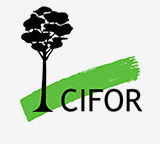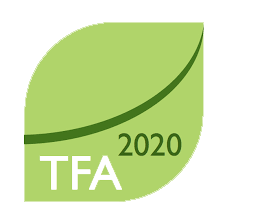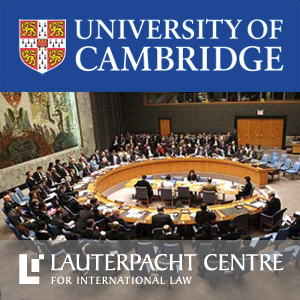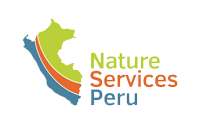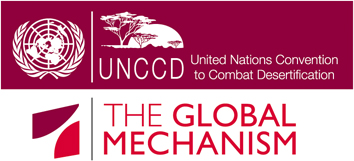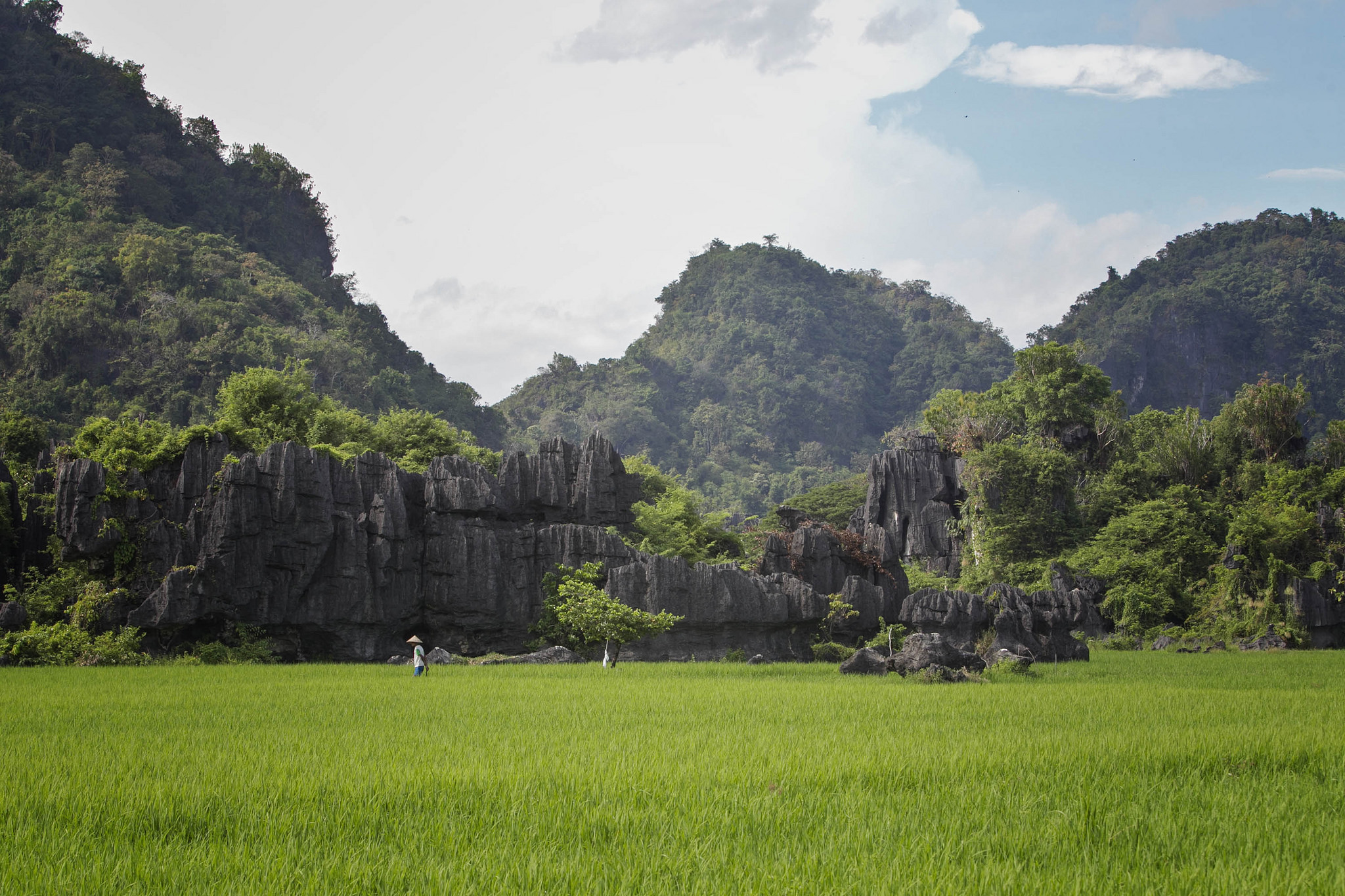
The second edition of Global Landscapes Forum – The Investment Case was an invitation-only event designed to connect key experts from the financial services industry with leaders from the corporate sector, senior government officials, project developers and leading thinkers, to take investments in sustainable landscapes to the next level.
The 2016 gathering offered a unique platform for exploring the potential of private finance in enhancing livelihood, environment and food security benefits. Morning sessions looked at innovative financial tools and the needs of larger funds. In the afternoon, focus shifted towards conditions on the ground as well as the aggregators, data, monitoring arrangements and verifiers needed to connect funds to farms and forests. The day ended with a pitching session introducing concrete investable opportunities.
Context
Traditionally, financial service providers have favored low-risk, high-return plantation agriculture and forestry models for their land-based investments – often to the detriment of nature and smallholders.
However, we are now witnessing a historic shift as more investors are turning towards sustainable investments. While the lion’s share of investments is not yet diverted to smallholders or the landscape-scale, the trend is promising.
This change in behavior of financial service providers is fundamental – and much needed. Realization of the newly agreed Sustainable Development Goals and the Paris Climate Agreement depends on an increase in finance from private sources as well as improved financial services at the landscape level to ensure that these resources reach smallholders and sustainable productive systems.
Yet, interest in sustainable land use investments exceeds availability of investable projects. Investors and companies often face unclear tenure and government regulations, weak institutions, social risks, uncertain returns on investments and narrow deal pipelines that inhibit investments at scale.
Against this backdrop, experts from finance, the corporate sector and development practice have proposed innovative solutions that are waiting to be piloted, trialed and taken to scale. It is time to make the connections.
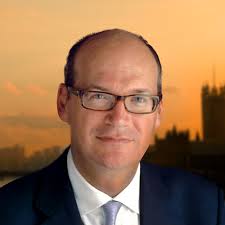
James Cameron
Co-Founder of Climate Change Capital
Objectives
While innovative financial tools are crucial, they are not enough in themselves without the necessary links between global funds and local communities, as well as between investors’ behavior changes and government policies that support these shifts.
Expert participants in the event’s first edition have identified six key areas to target in order to unlock unexploited private investment opportunities and to maximize environmental and social benefits:
- Comprehensive and accurate data on land-based actors, industries, investments and financial service provisions
- Clear and stable regulatory and tenure frameworks to level the playing field, attract investments and safeguard rights
- Innovative financial products to connect the supply of capital with the demand – particularly when moving from project finance to integrated landscape finance
- Technical capacity and knowledge of sustainability concepts built among finance, government and land use sector professionals
- Longer-term, more flexible credit tailored to needs of those working in landscapes while managing investor risks
- Strong deal pipeline created of opportunities with compelling risk return profiles and, ideally, a proven track record
The second expert symposium directly tackled these areas in an interactive, multi-stakeholder framework.
At the event, participants:
- Explored concrete solutions to the factors currently hindering finance at scale together with peers from across sectors
- Got firsthand insights into and track success of sustainable finance instruments, tools and approaches from across the globe
- Identified investible opportunities and discussed ideas directly with the institutions behind the proposals
Event Structure
The event was structured with three sets of parallel sessions, two larger high-level sessions and various breaks and networking opportunities.
All sessions were designed to maximize engagement and tangible outcomes.
Tabletop exhibitions showcasing latest findings and initiatives were open in the networking area throughout the day.
High-level segments provided a stage for thought leaders and set incentives for the day’s discussions.
Expert clusters in the morning focused on overcoming obstacles currently preventing sustainable finance at scale by presenting the newest tools and trends. Clusters were organized in roundtables with the majority of time set aside for Q&A and discussions.
Topics of expert clusters include (but were not limited to):
- Connecting financial tools and landscapes – aggregators and strategic interventions
- The data we need for land use finance decision-making
- Minimizing investment risks (tenure, climate and markets)
- Bringing microfinance to scale
- Strategic financial system changes
- Building a strong deal pipeline, assessing returns on investment
Case studies in the afternoon created the perfect setting for an in-depth look at current landscape finance and
investment challenges as well as success stories in a given context. These sessions also brought together a diverse set of stakeholders with on-the-ground experience.
Case studies included (but were not limited to):
- From zero deforestation to zero forest fires? – Indonesia
- The business case for large scale restoration – examples from Latin American landscapes Green bonds, impact investing and ecosystems – the case for Australia’s Great Barrier Reef
- Identifying aggregators to minimize investor risks – Philippines
- Investing in water security – multisector approaches in Africa
Investment opportunities were presented in two stages, starting with a “dragon’s den” phase in plenary style during which presenters pitch ideas to a panel of investors, finance experts and land use practitioners. All pitches introduced projects at an advanced stage that were suitable for investments. In a second phase, the audience broke out into smaller groups to discuss investment opportunities directly with presenters.

 “2015 has been a fantastic year in terms of policies, frameworks and agreements. The day after the COP: I would like to say that’s the day when 2016 starts. And 2016 and beyond has got to be about implementation.”
“2015 has been a fantastic year in terms of policies, frameworks and agreements. The day after the COP: I would like to say that’s the day when 2016 starts. And 2016 and beyond has got to be about implementation.”